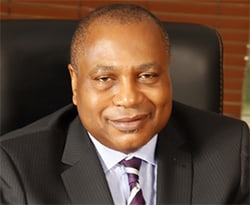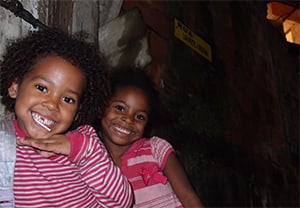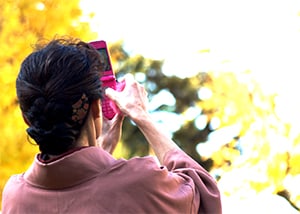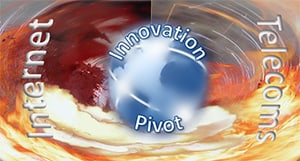
Operators are selling more smartphones than any other device category. Around 55% of all mobile phones sold worldwide in Q3 2013 were smartphones. The number of mobile broadband subscriptions is expected to pass 2 billion in 2013, having grown 40% over the past year, and this figure may quadruple by 2019. The increasing number of smartphone subscriptions, which is expected to triple by 2019, is the main driver for mobile data growth that is expected to increase 10x over the same period.
The vast majority of mobile broadband users are served on HSPA networks, 532 of them being commercially launched in 203 countries (GSA – October 2013). LTE is also a mainstream technology. To handle future growth, operators are investing in LTE because of its higher spectral efficiency, improved performance, capacity, and operational efficiencies to ensure the best user experience. 225 LTE networks are commercially launched. Smartphones are now the largest LTE device category. LTE smartphone users generate more data traffic than users on older systems. The number of LTE subscriptions is set to accelerate from 150 million today to 2.6 billion by 2019 (Ericsson Mobility Report – November 2013).
Radio spectrum is the lifeblood of the mobile communications industry. Bands must be internationally harmonized to ensure the greatest economies of scale can develop, especially for user devices. Finding spectrum to satisfy the growing demand for mobile data is getting more difficult, especially in the right combination of low and high frequency bands to enable nationwide coverage serving both dense urban and the rural areas. New spectrum such as 2.6 GHz (3GPP band 7) for LTE systems is best for capacity in cities and has the biggest devices ecosystem. However most operators focus on geographical coverage initially, for which lower bands are more useful. A technology neutrality policy has increasingly been adopted by regulators, meaning spectrum that was originally assigned for e.g. GSM (900 MHz, 1800 MHz) can be used for LTE. 1800 MHz has become the most widely used band for LTE deployments. Allocations arising as part of the digital dividend from the switch by TV broadcasters from analogue to digital transmissions have created regional fragmentation, with North America adopting 700 MHz (e.g. bands 12-14 and 17) and EMEA allocated spectrum in 800 MHz (band 20). LTE device manufacturers, faced with over 40 frequency bands for which LTE has been standardized, would appreciate less complexity in this area to enable them to produce terminals with the largest economies of scale, and to enable roaming.
Asia needs to decide on its key LTE bands. The APT700 band plan (703 – 803 MHz) looks to be the most promising way forward for regional and global harmonization, having secured backing from regulators in several Asian, Latin American, African and Middle East countries. The FDD configuration (2x 45 MHz plus 10 MHz guardband) has attracted most support and is standardized by 3GPP as band 28. APT700 spectrum has been awarded to mobile operators in Australia and New Zealand. The lower duplexer (703-733 / 758-788 MHz) could be used in Europe and is proposed for Region 1 for alignment with APT700.
This will be the focus of the panel on The Impact of Spectrum Choices on Device Availability I am moderating next week at ITU Telecom World 2013 in Bangkok. I will ask the panel for their views on this, and how firm industry commitment to APT700 could help to deliver low-cost LTE user devices, extend the geographical reach of mobile broadband services, thus potentially close the digital divide, assist roaming, uncover conflicts, challenges and needed actions, and attempt to determine the likely timescale for wide scale commercialisation.
It promises to be a very interesting session.

















